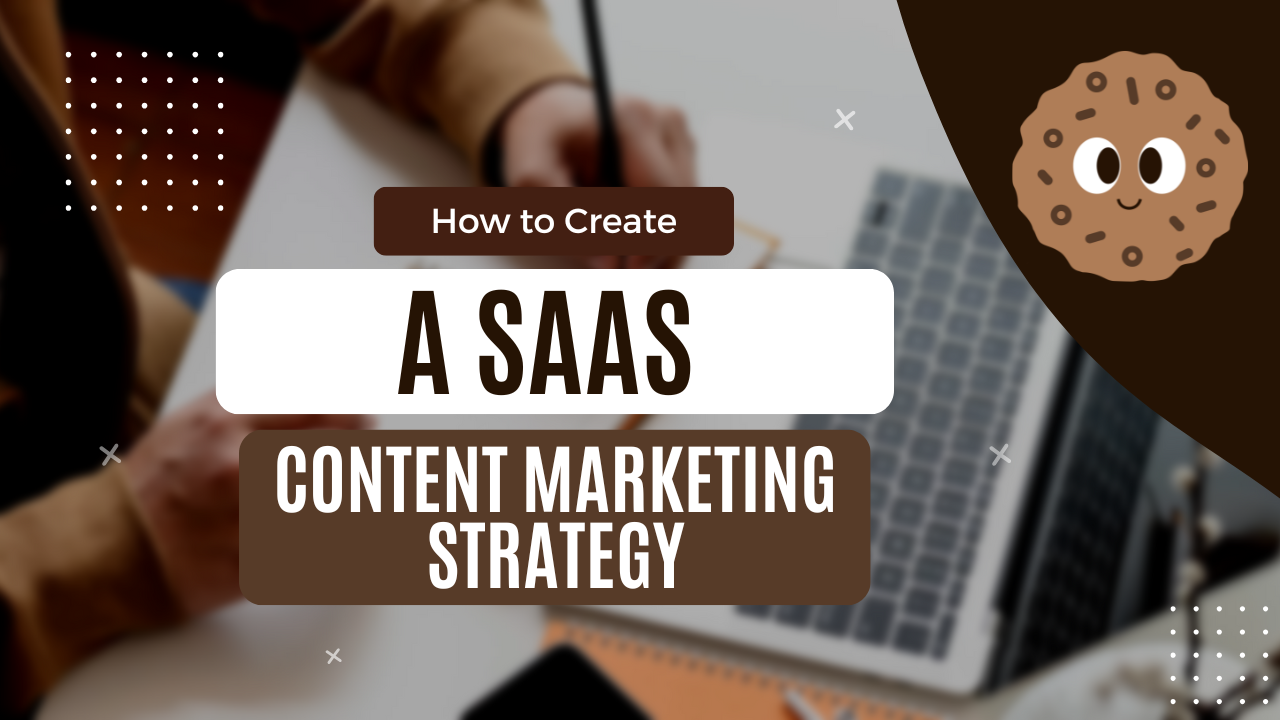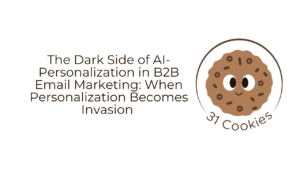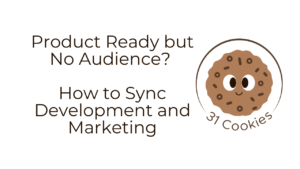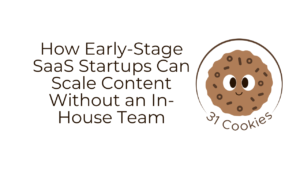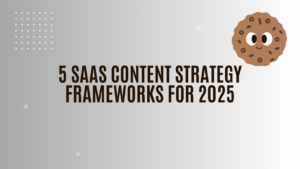Here’s the truth: most SaaS businesses don’t fail because their product isn’t good—they fail because nobody knows how good it is.
A well-thought-out SaaS content marketing strategy bridges that gap, helping your business connect with the right audience, address their needs, and stand out in a crowded market.
In this blog, we’ll explore how to create a strategy that drives real results for your SaaS business.
🔍 Did You Know? The SaaS industry is growing at an incredible pace and is expected to reach $716.52 billion by 2028, with a steady annual growth rate of 27.5%.
Why You Need a SaaS Content Marketing Strategy
A SaaS content marketing strategy helps solve customer pain points, build trust, and keep them engaged long after they’ve signed up.
Valuable content guides prospects through the buying journey, strengthens retention through education, and drives sustainable business growth. It creates opportunities to connect with your audience and deliver meaningful value at every stage.
🧠 Fun Fact: Nearly half of buyers review 3 to 5 pieces of content before they even consider reaching out to a sales rep.
Steps to Create a SaaS Content Marketing Strategy
Building an effective SaaS content marketing strategy requires a structured approach. Let’s break it down into actionable steps to help you craft a strategy that resonates with your audience and delivers measurable results. 📊
Step #1: Understand your audience
To create content that connects, you need to understand who it’s for.
Start by identifying the challenges your audience faces and the solutions they’re looking for.
Detailed buyer personas help here, covering their roles, goals, and specific pain points. This foundation allows you to align your content with their needs, making it both relevant and engaging.
For example, a buyer persona for a SaaS tool targeting HR professionals might include concerns about time management, employee retention, or streamlining onboarding processes.
Once you understand these pain points, you can create content that speaks directly to their needs.
Additionally, make use of existing customer data, surveys, and interviews to deepen your understanding of your audience. This research ensures your content is targeted, relevant, and engaging from the very beginning.
💡 Pro Tip: Highlight trends or surprising stats from your SaaS platform in your content. For example, share insights like ‘X% of our users increased productivity by Y% with this feature’ to demonstrate value.
Step #2: Define your content marketing goals
Without clear goals, it’s hard to measure success.
Decide what you want your content to achieve—whether it’s generating leads, improving brand awareness, or nurturing existing customers.
Each piece of content should contribute to these objectives. Goals also guide decisions about topics, formats, and distribution, keeping your strategy focused and effective.
For instance, if your goal is to generate leads, you could set a target of increasing website traffic by a certain percentage or generating a specific number of sign-ups through your blog content. These objectives will help guide your content creation, ensuring that each piece serves a purpose in moving your audience closer to conversion.
Aligning your content with your business objectives is critical for staying focused and ensuring that your efforts drive tangible results. It also helps you prioritize content types and topics based on what will have the greatest impact on your goals.
💡 Pro Tip: Create a pillar page around a key topic (like SaaS onboarding) and link supporting blogs and resources to it. This improves SEO, strengthens topic authority, and helps readers navigate related content seamlessly.
Step #3: Choose the right content formats
Content formats play a vital role in determining how your audience engages with your material.
Some people prefer long-form written content like blog posts or eBooks, while others are more likely to interact with videos, podcasts, or infographics. Consider your audience’s preferences, as well as the type of information you’re sharing, to choose the right format.
For example, if you’re educating your audience about a complex SaaS tool, a detailed whitepaper or case study may work well.
On the other hand, a product demo or tutorial video might better illustrate how your SaaS tool functions in real time. Infographics are another great option when you need to simplify complex data or processes.
Experiment with different content formats and track which ones yield the best results.
Using a mix of formats ensures you’re meeting the diverse needs of your audience while keeping them engaged. The more variety you offer, the better your chances of expanding your reach.
🔍 Did You Know? Video content and visual storytelling are quickly becoming favorites for SaaS audiences, often breaking down complex software concepts in digestible formats.
Step #4: Develop a content distribution plan
Great content won’t make an impact if it doesn’t reach the right audience. A solid distribution plan ensures your efforts don’t go unnoticed.
Your distribution strategy should consider the platforms your audience uses most often, such as LinkedIn for B2B professionals or email campaigns for existing customers.
Start by sharing your content through your website, blog, and social media accounts. Repurpose blog posts into shorter snippets or visuals that can be shared on platforms like Twitter or LinkedIn. Also, consider guest blogging on industry sites or partnering with influencers who can amplify your reach.
💡 Pro Tip: Document your brand’s tone, voice, and preferred language style to maintain consistency across all content.
Step #5: Focus on SEO and keyword strategy
Search engine optimization (SEO) is a critical component of your SaaS content marketing strategy. Without it, your content might remain buried in search results, limiting its potential to attract organic traffic.
Start by researching keywords your audience is likely to search for. These keywords should reflect the problems they’re trying to solve or the information they seek.
Once you have a list of target keywords, strategically integrate them throughout your content. Ensure they’re used in key places like titles, meta descriptions, and headers.
And don’t forget about long-tail keywords—phrases that are more specific and less competitive but can drive highly targeted traffic.
To further boost SEO, make sure your content is well-structured and easy to read. Use internal linking to connect relevant pieces of content, and optimize images and media for faster loading times.
🧠 Fun Fact: A well-crafted product walkthrough video or explainer article can work wonders for prospects who want to self-educate before talking to sales.
Step #6: Measure and refine your strategy
No strategy works perfectly from the start, and that’s okay.
Track performance metrics like website traffic, engagement rates, and conversions to see what’s working. Use these insights to adjust your approach, focusing on content that drives results.
Is your blog driving more traffic, or are your videos getting higher engagement? Look at metrics such as time spent on page, bounce rate, and social shares to gauge how well your content is performing.
Regular refinement helps your strategy stay relevant and ensures continuous improvement over time. This may mean tweaking your approach to topics, adjusting your content formats, or revisiting your SEO strategy.
💡 Pro Tip: Your support team knows the most common questions and pain points users face. Collaborate with them to create FAQs, tutorials, or troubleshooting guides that reduce support tickets and enhance user satisfaction.
Here’s The Plan 🍪
A good SaaS content marketing strategy is all about connecting with your audience and solving their problems. It’s what keeps people interested and helps your business grow.
At 31Cookies, we make content strategies that actually work for B2B SaaS businesses. Let us handle the strategy while you focus on scaling. Let’s chat! 💬

